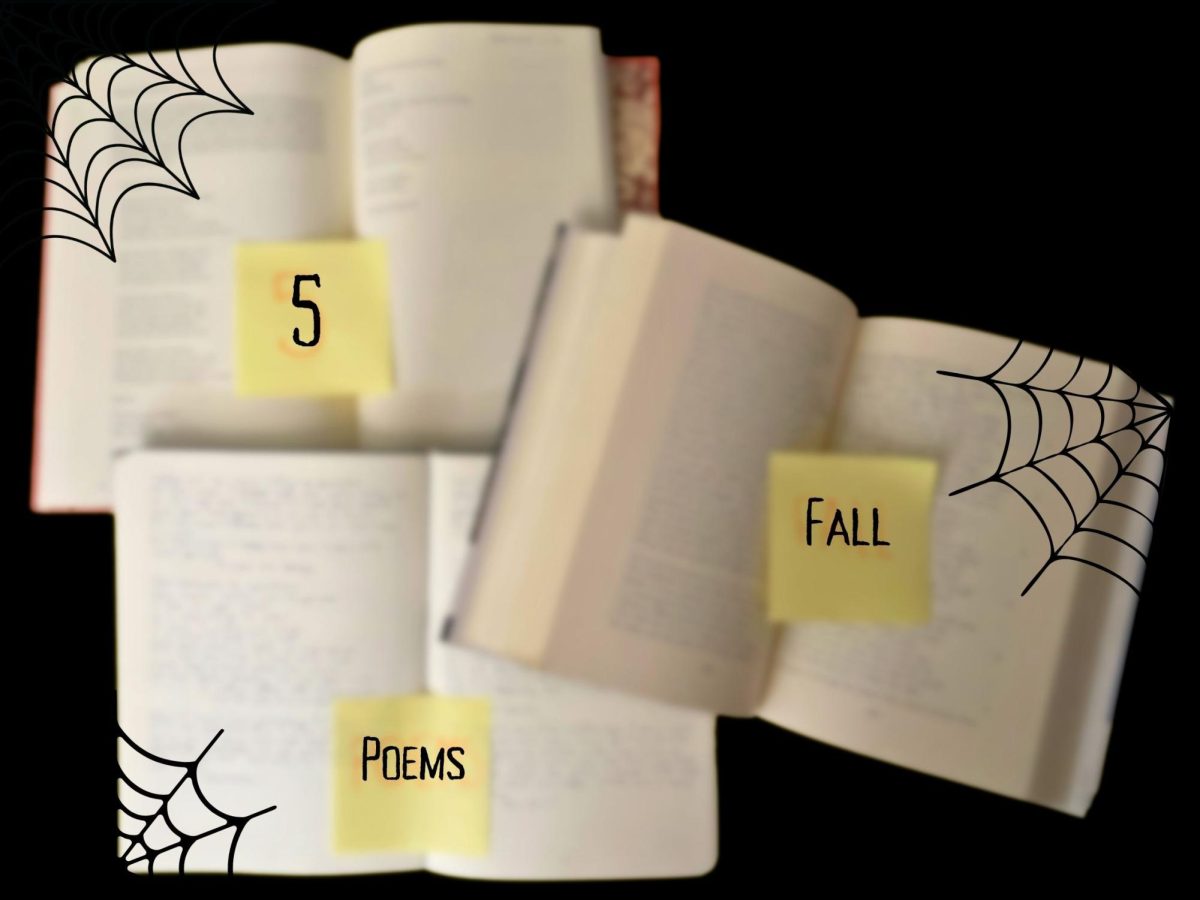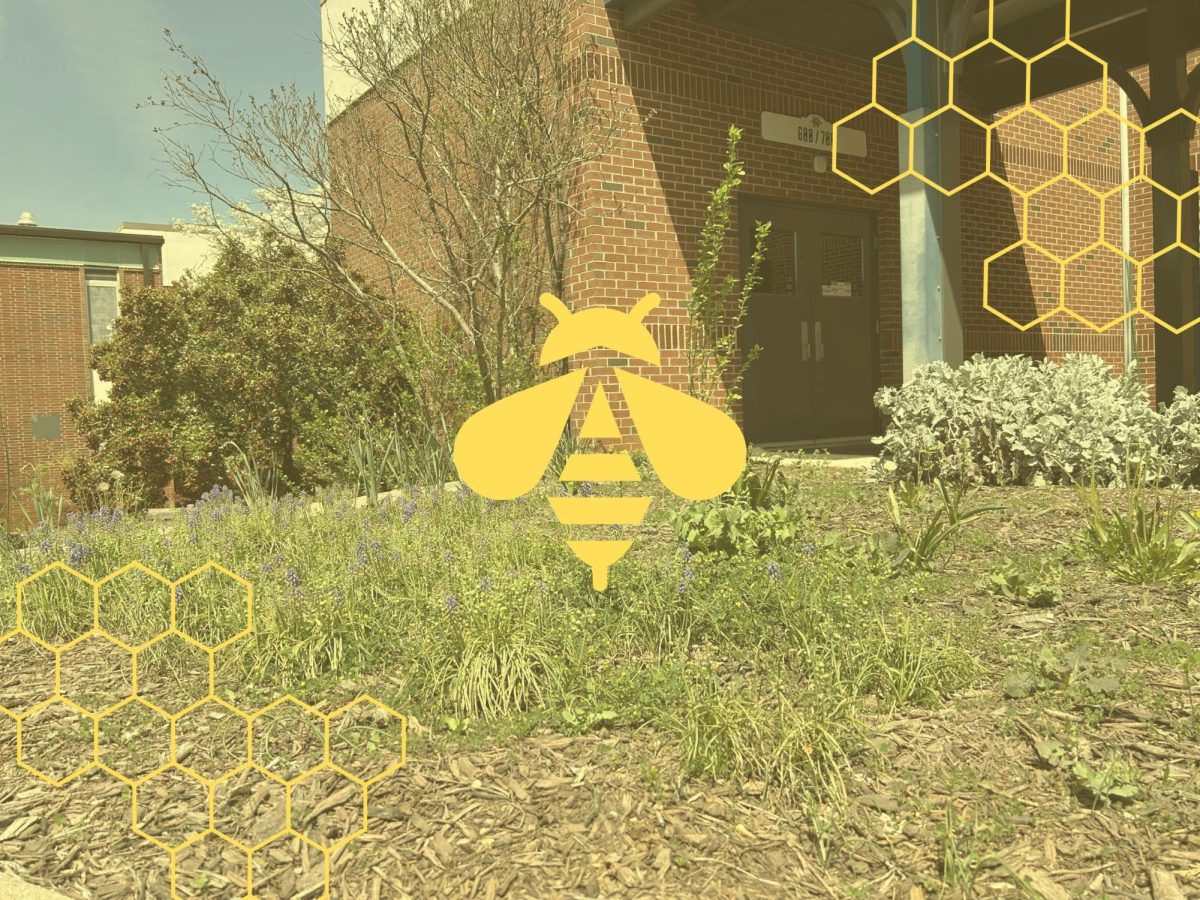From pumpkin spice and less sunlight to foggy weather and sleepless nights, common trademarks of fall remain evident every year. With fall right around the corner and potential feelings of doom and gloom rolling in, what better way to set the mood than with five famous poems that mirror the vibe of the season
Robert Frost wrote “My November Guest” in which he exits his typical realm by delving into the gloom of fall. Frost touches on the drearier side of fall in this poem and personifies the month of November to describe his seasonal depression. He refers to this month as a woman, and comments on her ability to see the beauty in the barren during late fall. In highlighting the sadness one feels in the stretch between autumn and winter, this poem captures the feeling of fall.
As the seasons change and 2024 reaches its conclusion, teens especially struggle with keeping their spirits up. Fall may bring feelings of hopelessness to the lives of teenagers struggling with a plethora of external issues. With looming deadlines imposed by classes and the increasing stress of growing up, this poem beautifully expresses how people try to solve temporary issues with permanent solutions. The poem, written by Allison Tafel, highlights the way time visibly passes by, this poem helps readers to see that living in the moment stands as a way to enjoy time with friends and family.
“Poetry helps me articulate my emotions in a healthy way so I do not express them badly. It helps me work out my emotions on paper so I do not have to express them openly. As I gain life experience my poetry gets longer and more descriptive, which allows me to express myself more clearly and articulate my thoughts better,” sophomore Morgan Lackey said.
One of Frost’s popular poems, “A Late Walk” recounts the moment when he journeyed away from home to take a stroll. He encounters the last blue Aster flower of the season, picks it and returns home in an attempt to relive the past. One interpretation, favorable for the autumnal theme, claims that his walk shows the passage of time. When he encounters the final flower of the season and realizes time slipped away, Frost seeks to return to the past, stating, “I end not far from my going forth to pick the faded blue of the last remaining aster flower to carry again to you.” The flower symbolizes afterthought, further elaborating on the point of living in the past and the wish that they could return.
While the literal setting of the poem occurred in autumn, the symbolism of time passing and the desire to return to the past correlates strongly with the autumnal atmosphere. Seasons ending and new beginnings stir feelings of doubt and nostalgia. However, finding beauty in the present outweighs living in the past.
William Shakespeare, a 16th-century poet renowned for his 12 tragedies and unique writing style, wrote a multitude of poetry and short stories in his lifetime. Out of the 154 sonnets he wrote, sonnet 73 specifically covers the autumn season. Shakespeare compares autumn to the aging process which includes sagging branches and yellowing leaves to sagging skin and age spots. However, he inadvertently highlights the unique beauty of autumn. Yellow and orange leaves and misty fog contribute to the allure of autumn and Shakespeare covers them beautifully.
Before his death, John Keats, a 19th-century poet, published the poem “To Autumn” in which he captured the emotions and atmosphere changing as fall progressed. Using metaphors that remind audiences of cozy fall vibes, such as sitting on the couch in a comfy sweater and reading a book, Keats creates a calm, happy atmosphere. He quickly transitions from captivated into the boredom one feels after the enchanting atmosphere wears off. Part three of the poem highlights the long stretch from autumn to spring, missing the green and jolly feelings of spring. Effectively displaying the nuanced feelings of autumn, and how a fan favorite quickly turns into an inconvenience as the weather changes, this classic poem remains a beautiful display of autumn.
As fall enters full swing and the weather begins to change, life becomes harder due to the lack of sun and warmth. But, finding happiness among the barren days and spending time with friends and loved ones makes fall a trademark for coziness. Cuddling up to read poems on the couch gives this gloomy season a silver lining.
“The way the seasons change definitely affects my writing because I get seasonal depression, so I write a lot of darker-themed poems. It also changes because of the prompts I provide to the poetry club. I tend to do more fall prompts which tend to be scarier and darker themed, so I am influenced by those as well,” junior Eli Pothier said.
















